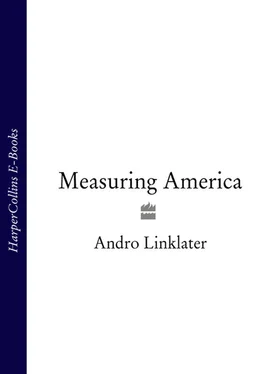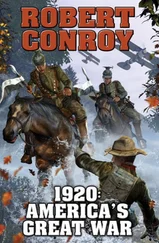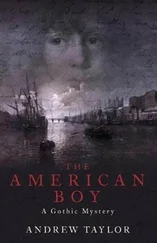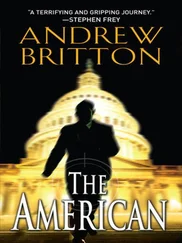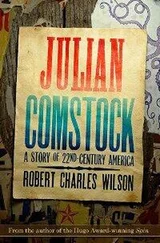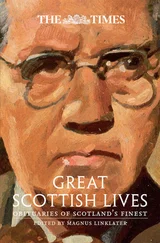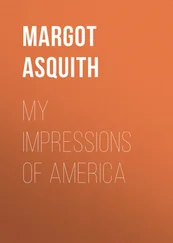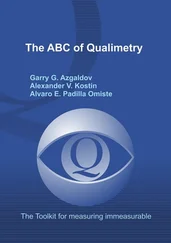1 ...6 7 8 10 11 12 ...18 Had the colonial proprietors and councils succeeded in maintaining control, the history of North America might have remained colonial. But the idea of property that the colonists carried with them created its own revolutionary current.
The first years after the Pilgrim Fathers landed in Plymouth in the bitter winter of 1620 indicated the direction that history would take. Under the terms of their agreement with their financial backers, they were to work the land in common, sharing the proceeds with the investors in England. The goal of communal land ownership should have been particularly attractive, for they arrived with a close sense of unity arising from the shared desire for religious freedom. Yet in the first years, when they attempted to pool their resources and farm collectively, with young men assigned to work for those who had families, the fields were neglected and they almost starved. In desperation, Governor William Bradford responded to demands that the land be divided up. ‘And so,’ he noted in his history of the Plymouth colony, ‘assigned to every family a parcel of land according to the proportion of their number … This had very good success for it made all hands very industrious.’
The dramatic increase in yields soon assured the colony’s food supplies; but the change came at a cost. ‘And no man now thought he could live except he had catle and a great deale of ground to keep them all,’ Bradford observed sadly, ‘all striving to increase their stocks. By which means they were scatered all over the bay quickly and the towne in which they lived compactly till now was left very thinne.’ Religious freedom might have been the settlers’ prime reason for sailing to America, but once they were there, the desire to own land came a close second. Or as Richard Winslow put it in his 1624 pamphlet Good Newes from New England , ‘Religion and profit jump together.’
In 1691 the thinly populated colony was absorbed into the wealthier Massachusetts Bay colony. But it too had changed since John Winthrop had founded it as the shining light of Puritanism, ‘the city upon a hill’. By then the Puritan preacher Increase Mather was lamenting that the grandchildren of the original settlers had grown insatiable for land. ‘How many men have since coveted after the earth,’ he thundered, ‘that many hundreds nay thousands of acres have been engrossed by one man, and they that profess themselves Christians have forsaken churches and ordinance, and for land and elbow-room enough in the world?’
In Virginia, the first Jamestown colonists never had that religious sense of cohesion. They only saved themselves from starvation by raiding the farms of Powhatan Indians, and in 1624, eighteen years after the first settlers arrived, it was estimated that massacre and disease had killed six thousand out of 7300 migrants from England. The colony’s only source of income came from the sale of tobacco, and that was not enough to prevent the Virginia company from going bankrupt. But what kept the colony alive was a decision in 1618 by one of its shareholders, Sir Edwin Sandys, to attract immigrants by offering a ‘headright’ of fifty acres of good Virginia soil to anyone who crossed the ocean at his own expense, and as much again for every adult he brought with him. The lure of free land brought a stream of would-be settlers, most of whom died, but by the 1630s the flow of migrants outstripped the death rate from fever, and soon land was being bought and sold at five shillings (about $1.25) for fifty acres.
By the middle of the seventeenth century, in New England and Virginia, land was passing into private hands to be held virtually freehold, except for the quit-rent in the south. So widespread was the process that no one thought it strange, yet for another century this restless hunger to own land made the British colonies unique in North America.
In Mexico and up the Pacific coast, the Spanish acquired land as part of a general pattern of royally sponsored exploration and settlement by the king’s representatives. A Spanish civilisation was created in Mexico, with a university, a bishop and a capital housing over fifteen thousand Spaniards, before the first English colonist landed in Massachusetts. The Law of the Indies, enacted in 1573, specified in detail how the colonial government was to lay out towns and settlements. The sites were to be surveyed, religious missions were created to convert the natives, military presidios to defend the colonies, and civilian pueblos where colonists and colonised could live. It was an empire created from above, belonging to the king and administered as a royal dominion, and even in its final years, during the half-century that Spain ruled California from 1769 to 1821, fewer than thirty individuals were permitted to acquire their own ranchos or estates.
For over 150 years, from 1608 when Samuel Champlain established an armed post at Quebec, New France was ruled almost as rigidly. A string of trading ports was established along the Saint Lawrence river, as far as the Great Lakes and down the Mississippi to the Gulf of Mexico. Cities like Montreal and New Orleans were founded, and farms were cultivated in Canada and in the Mississippi delta. Nevertheless, French America was administered feudally. The Crown owned the land and chose who could settle there – Protestants, for example, were banned. It created monopolies to exploit the fur and timber. The habitant who actually worked the soil never had clear rights to it. What he owned was the use of the land and the improvements he made to it, but he held the land from a seigneur in return for dues and rents, and the seigneur held the land from the Crown. French traders and trappers knew the country intimately – they supplied British mapmakers with much of their geographical information – yet by the middle of the eighteenth century barely forty thousand had acquired land outside the main cities.
The land-hunger of the British colonists seemed most bizarre when set alongside the attitude of the native Americans. From the farming Powhatan in Virginia to the Iroquois in New York and the Six Nations in the Appalachians who were primarily hunters, they shared a pervasive understanding that a particular place belonged to a particular people only to the extent that the people belonged to the place. Rights over land were gained only by occupation, long usage or family burial, and these rights were communal, not individual. ‘What is this you call property?’ Massasoit, a leader of the Wampanaog, asked the Plymouth colonists whom he had befriended in the 1620s. ‘It cannot be the earth, for the land is our mother, nourishing all her children, beasts, birds, fish, and all men. The woods, the streams, everything on it belongs to everybody and is for the use of all. How can one man say it belongs only to him?’
Yet the British colonists bought and sold land as though they owned it outright – in fee simple, to use the legal term. Compared to the opportunities offered by New Spain and New France, the Atlantic colonies seemed irresistibly attractive. Little more than a century after the first permanent settlement was established in Virginia, over one and a quarter million settlers were scattered across the wide, empty spaces between the coast and the mountains.
The shape of British America was long and thin, stretching from thirty-one to forty-nine degrees north, a distance of over two thousand miles, but, so far as measured, settled land was concerned, rarely more than two hundred miles deep, a sort of northern Chile. It was in the first years of the eighteenth century that siren voices from beyond the swamps and pine barrens began to tell of the irresistibly fertile ground to be had in the piedmont. ‘The best, richest, and most healthy part of your Country is yet to be inhabited,’ wrote Francis Makemie in Plain and Friendly Persuasion in 1705, ‘above the falls of every River, to the Mountains.’
Читать дальше
